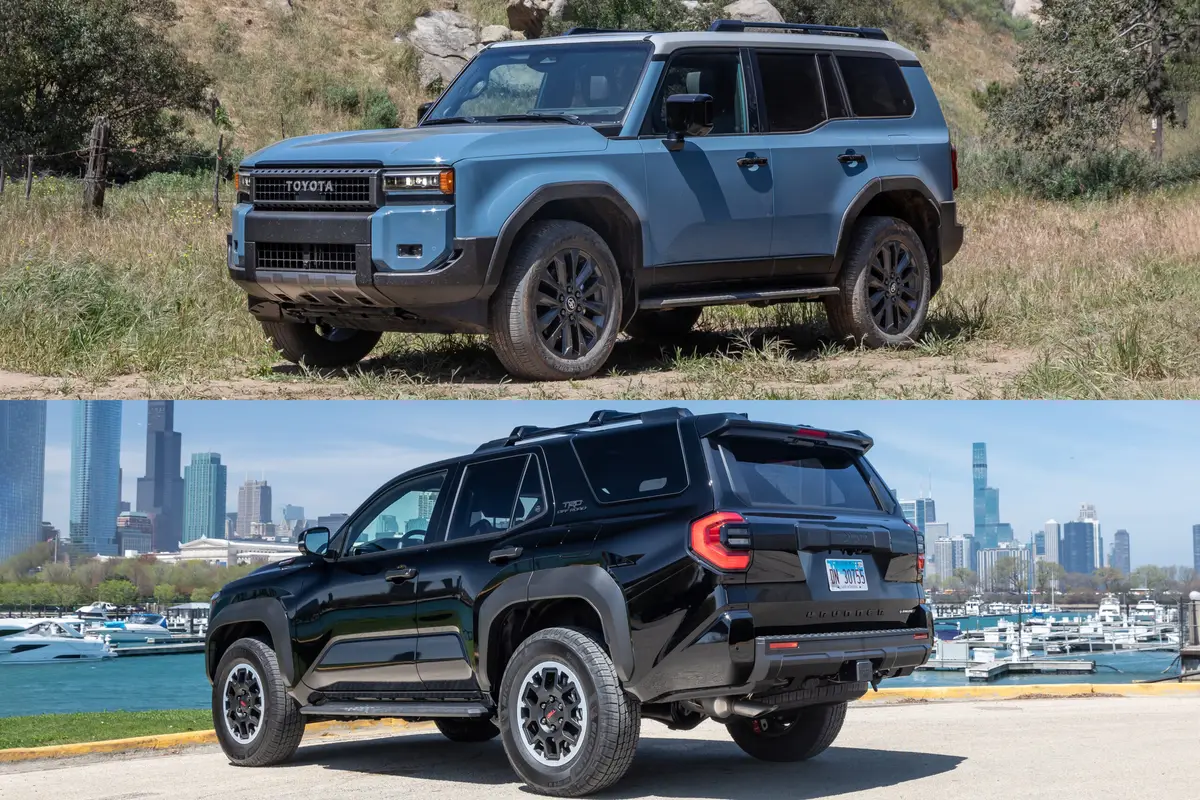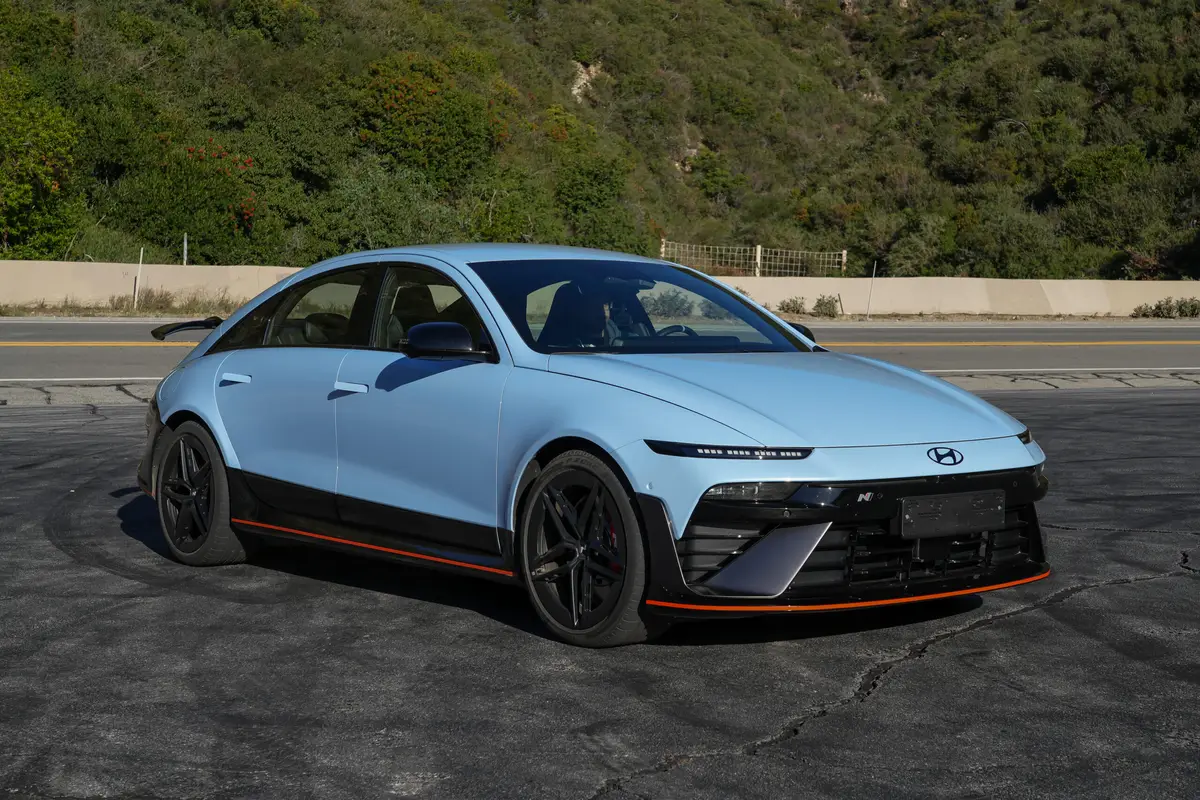2012 Fiat 500 Abarth at the 2011 L.A. Auto Show

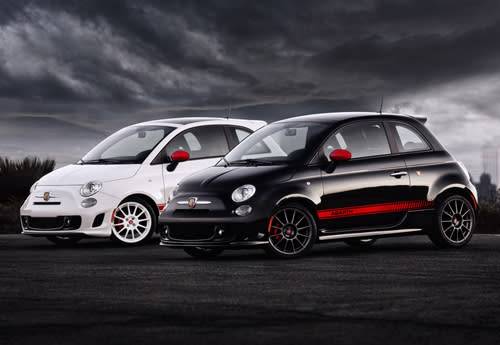
- Competes with: Mini Cooper S
- Looks like: A Fiat 500 Sport with new bumpers
- Drivetrain: 160-hp, turbocharged 1.6-liter four-cylinder with five-speed manual transmission; front-wheel drive
- Hits dealerships: March 2012
In a widely expected move, Fiat finally gives us the turbocharged 500 Abarth. Fiat relaunched the Abarth designation four years ago, but it dates to modified Fiats in the 1950s. The sub-brand arrives in March in the form of a high-performance version of the four-seat 500 hatchback.
More 2011 L.A. Auto Show Coverage
Functional changes to the 500 include a front bumper that sits farther forward, adding nearly 5 inches of length compared with the regular 500. Additional inlets — a slat below Abarth’s scorpion logo, five lower openings — funnel air to the engine’s two intercoolers. Extended side skirts, a rear spoiler and twin exhaust pipes finish the look. Sixteen-inch alloy wheels are standard, but 17s are optional, as are high-performance Pirelli P-Zero Nero summer tires. Neither one is available on the non-Abarth 500.
Unfortunately, the whole package — plus a quicker steering ratio with fewer turns, lock-to-lock — adds 23 percent to the car’s turning circle. It lands the 500 Abarth at an SUV-like 37.6 feet, so no more back-alley U-turns.
The 500 Abarth’s four-cylinder has the same 1.4-liter displacement and MultiAir technology as the normally aspirated 500, but a single turbocharger raises output to an estimated 160 hp at 5,500 rpm and 170 pounds-feet of torque at 2,500 to 4,000 rpm. A driver-selectable Sport mode calibrates the engine for maximum power, while a torque-transfer system works like a virtual limited-slip differential. We’ll have to drive the car, of course, to see how well it actually works.
Given the 500’s 101 hp and 98 pounds-feet of torque make for adequate acceleration, the extra power should prove fun. Fiat has yet to give gas mileage figures (the 500 with a manual transmission gets 33 mpg combined), but like the regular car, the Abarth recommends premium gas. Cheap stuff is acceptable, but you’ll sacrifice some power.
The sole transmission is a heavier-duty five-speed manual. We wonder why Fiat didn’t add a sixth cog, and the Abarth’s lower 3.35:1 axle ratio (compared with 3.73:1 in the 500) perplexes us, too. Seat time will prove how it all gels.
The Abarth adds 170 pounds of curb weight versus the 500, but it gets some dynamic upgrades: larger front disc brakes, stiffer springs, new front shocks and a rear stabilizer bar. Total ride height drops 0.6 inches, but both models have the same 4.1 inches’ minimum ground clearance. The standard electronic stability system has a partial-off mode that allows some wheel slip; you can also deactivate it.
Inside, the Abarth adds a flat-bottom steering wheel and leather-wrapped instrument hood. The instruments get a turbo boost gauge, too. Other changes include aluminum pedals and a leather-wrapped shift knob. New one-piece front sport seats have racing harness openings; we hope they’re more comfortable than the 500’s seats, which are anything but.
Pricing has yet to be announced, but Fiat promises the Abarth will be “attainable.” The quasi-convertible 500C adds $4,000, however, making us wonder exactly where the Abarth will fall.
Clicking on any image below will launch a larger photo gallery; you can browse through them by hitting the right and left arrow keys.
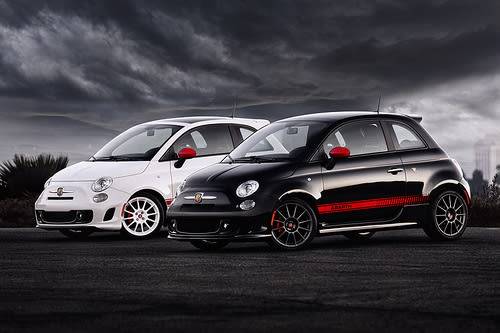
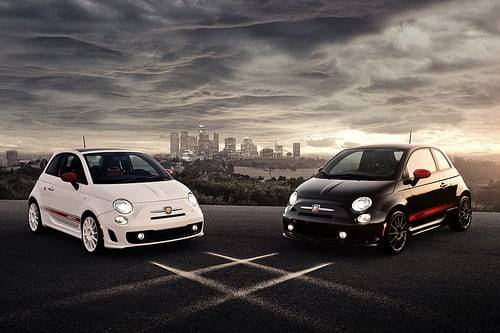
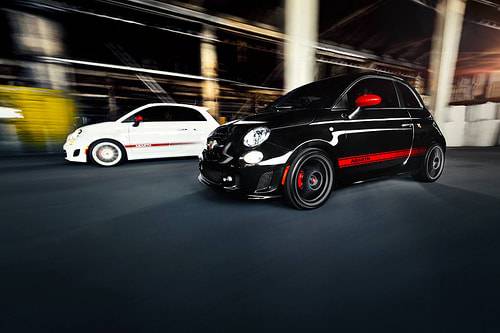
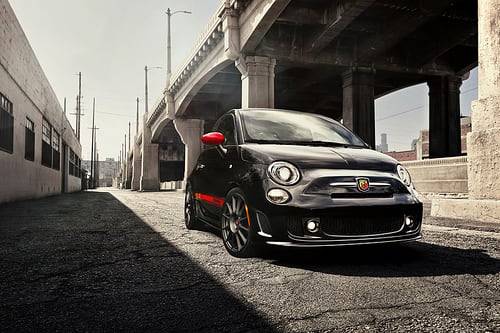
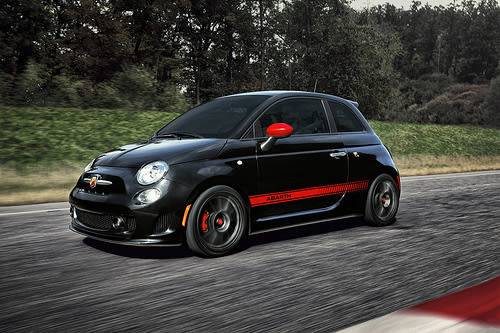
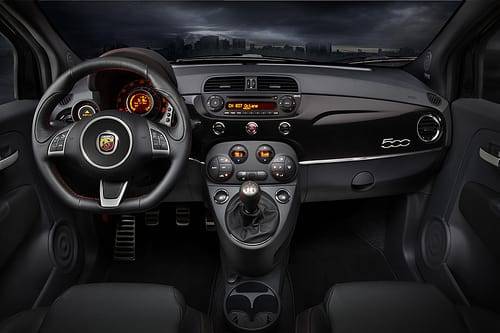
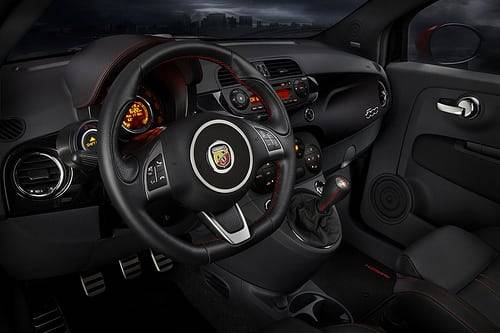
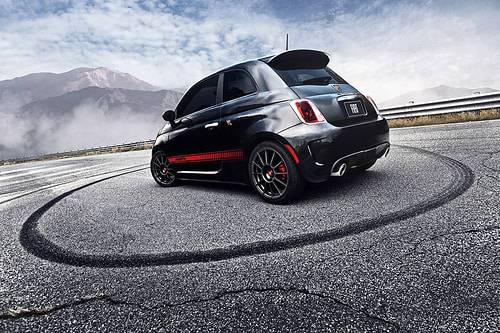
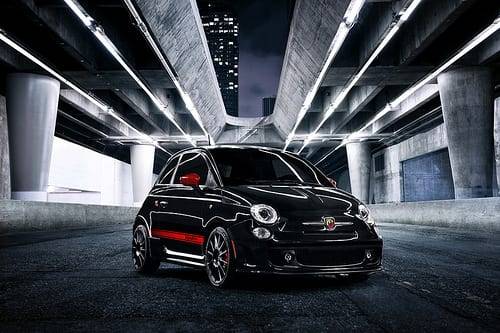
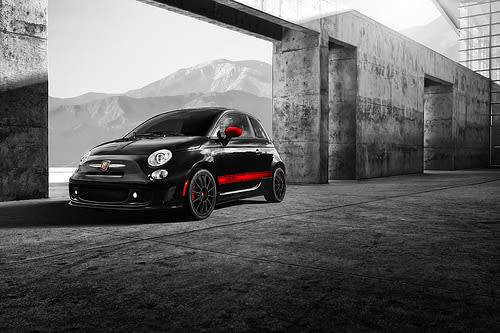
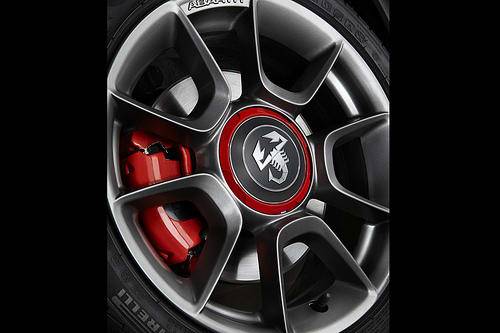
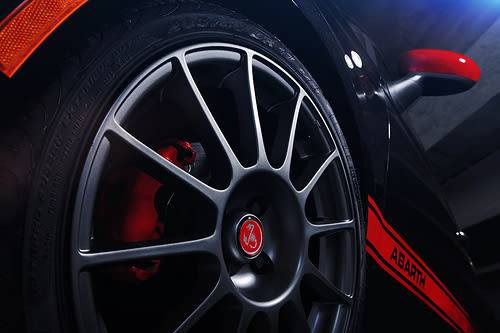
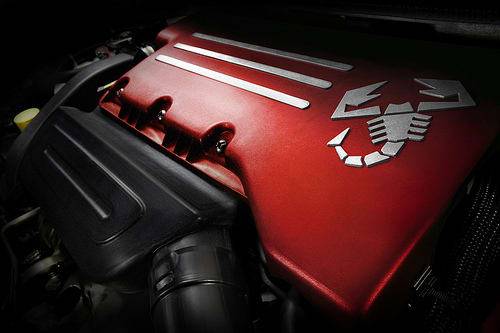

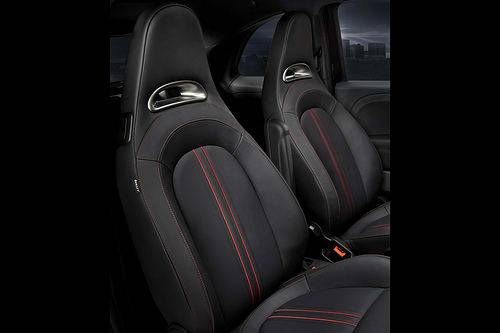

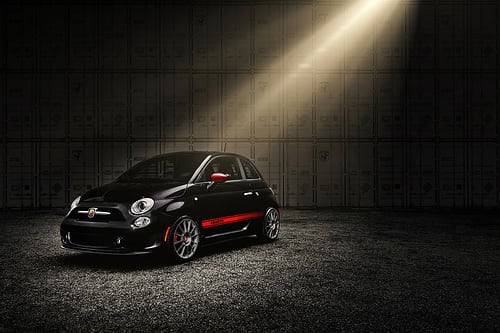

Former Assistant Managing Editor-News Kelsey Mays likes quality, reliability, safety and practicality. But he also likes a fair price.
Featured stories
